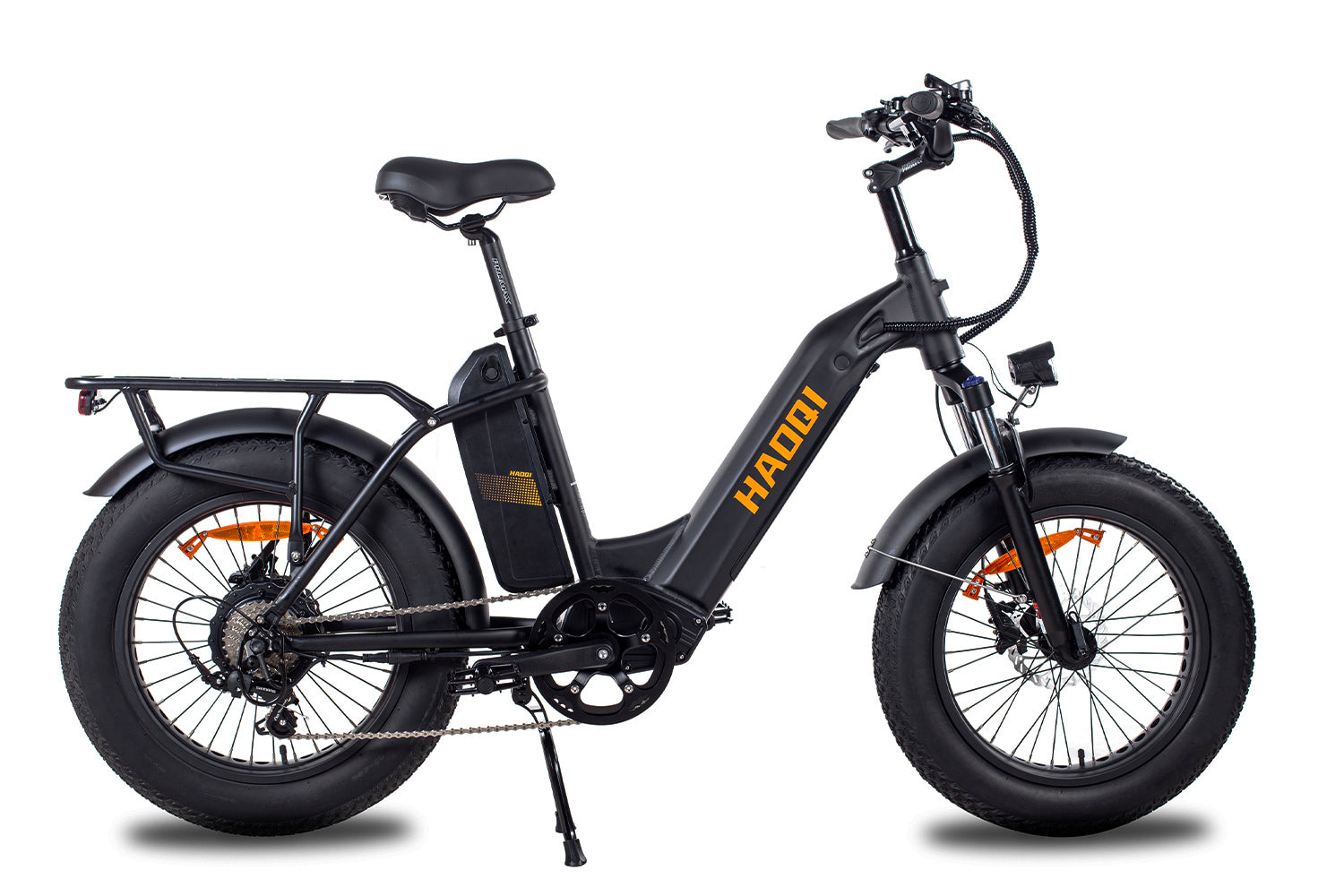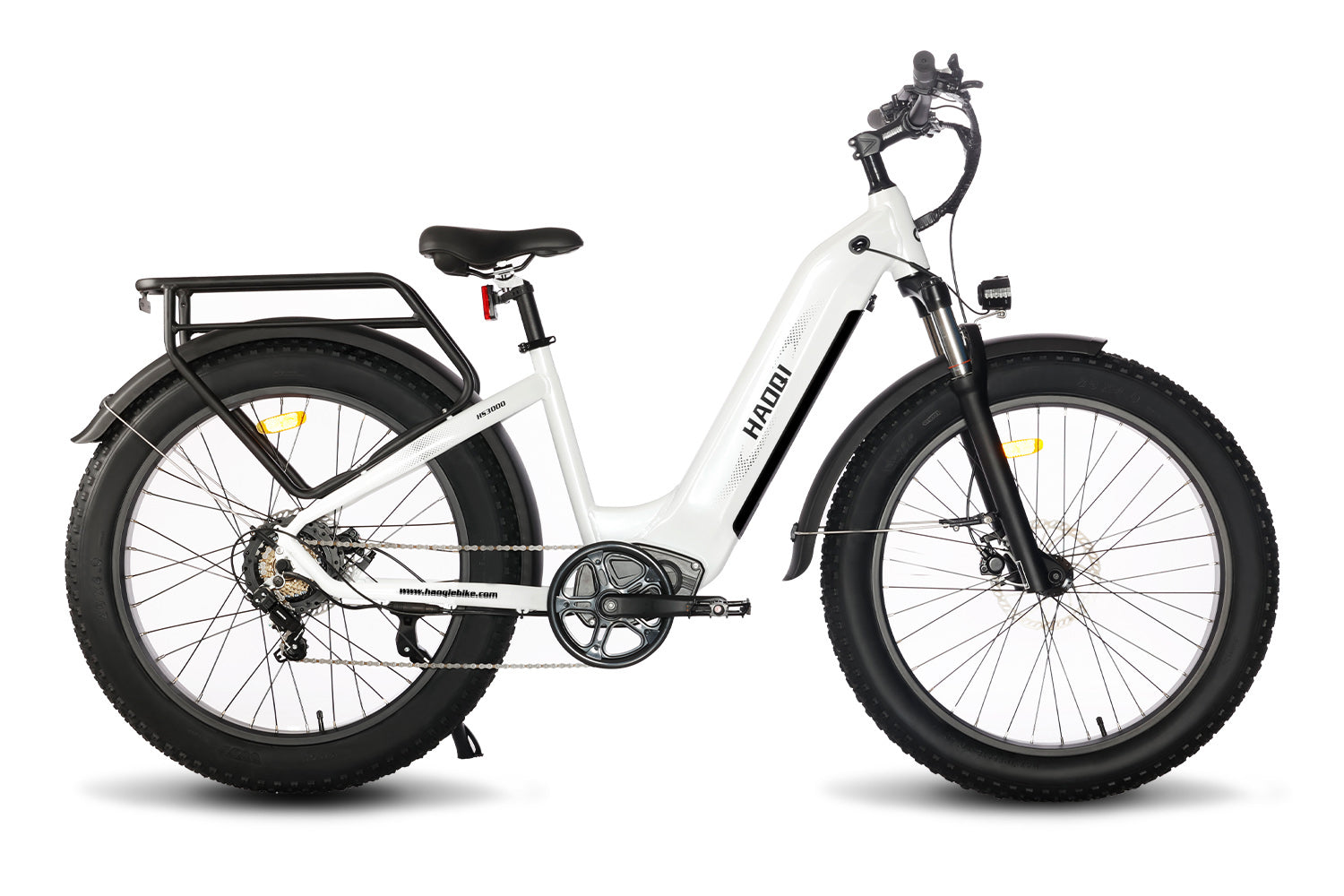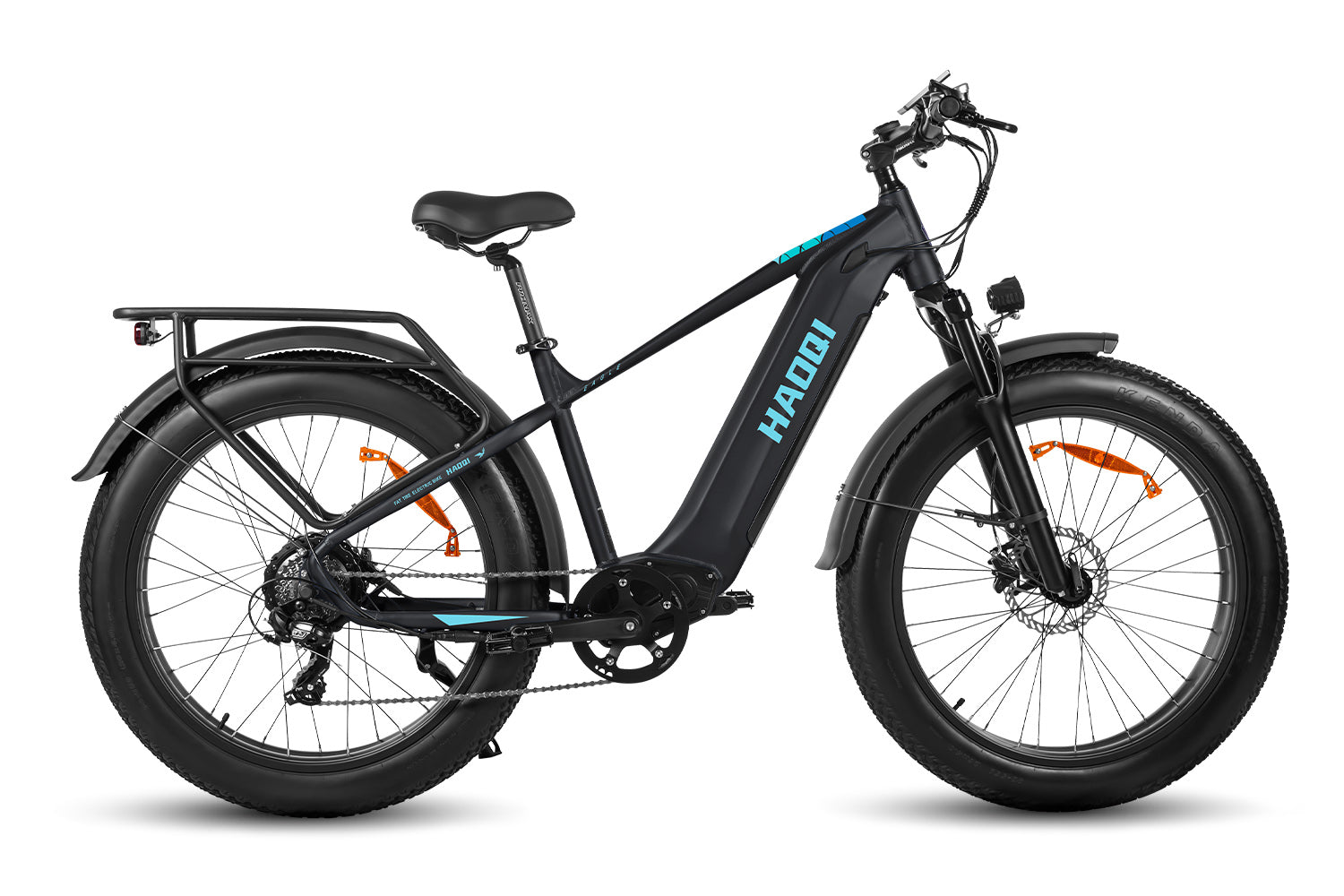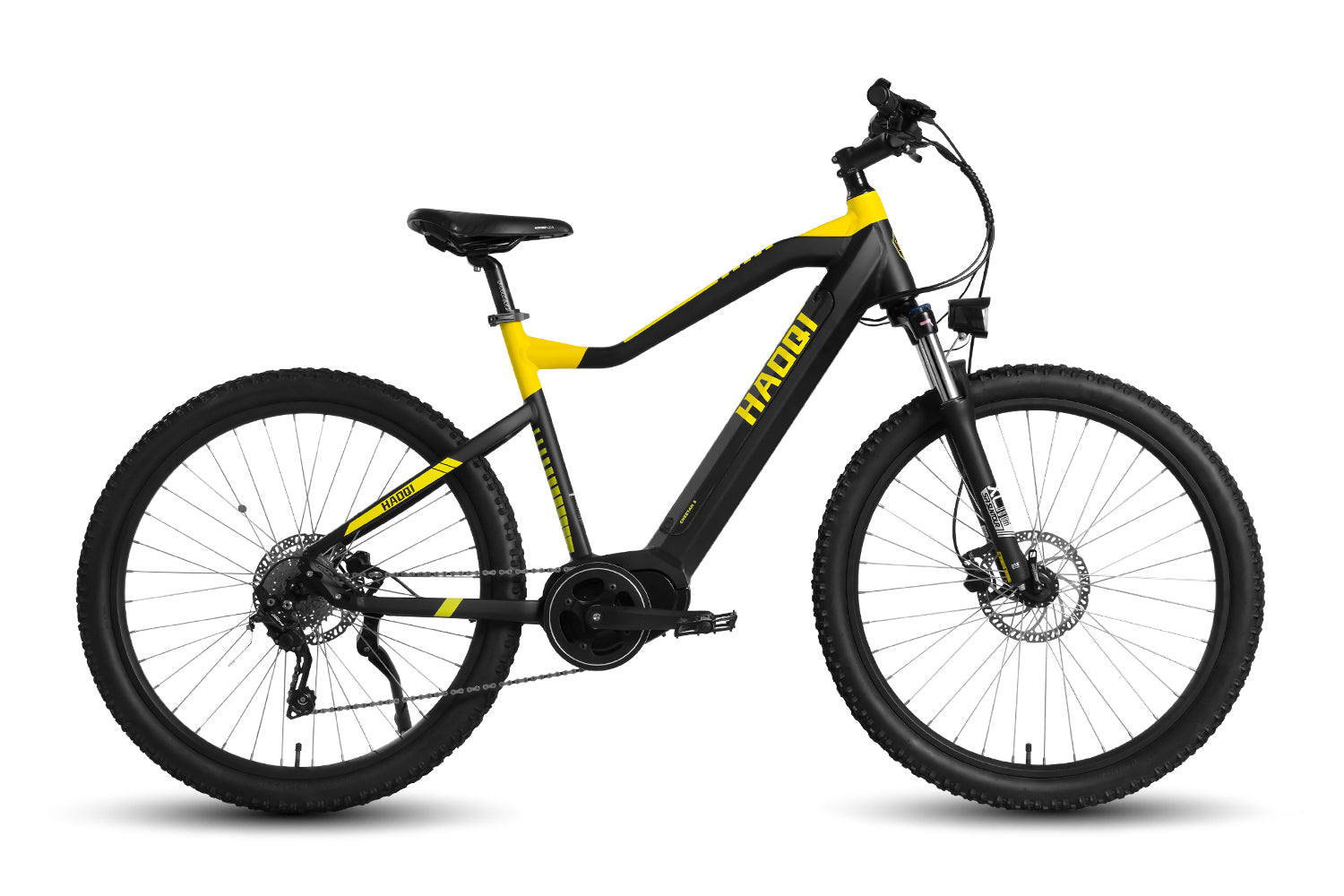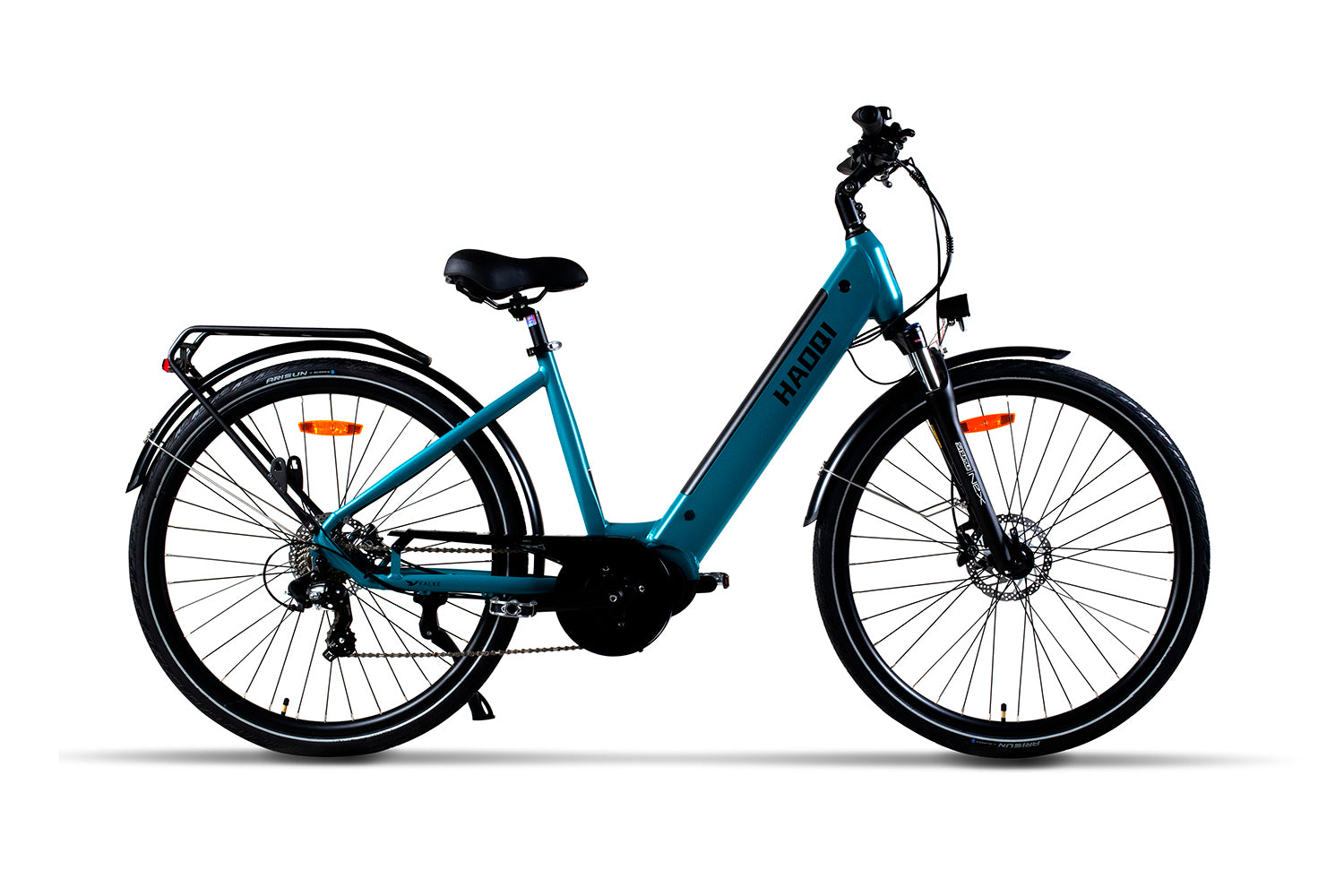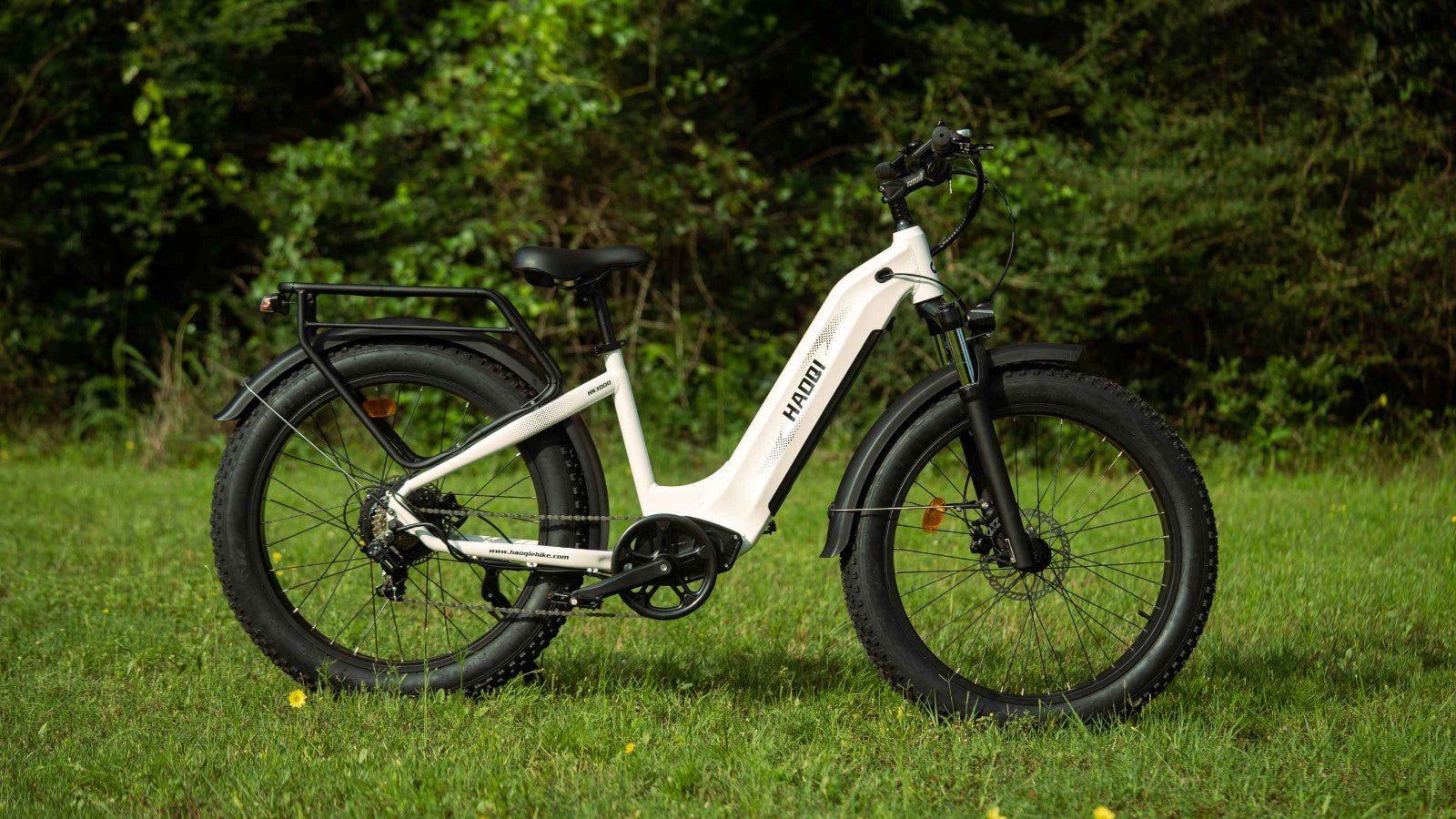The gear system of an e-bike is an important component that has a huge impact on the riding experience and efficiency of the bike. There are several different types of gear systems used in e-bikes, including derailleur gears, hub gears, and continuously variable gears. Each system has its own advantages and disadvantages. Here is some information on the different types of gear systems and their characteristics:
1. Derailleur gears:
A derailleur consists of several pinions on the rear wheel hub and chainrings on the bottom bracket of the bicycle.
Advantages:
- Wide gear range: Derailleur gears usually offer a wide range of gears, allowing the rider to choose the appropriate gear for different types of terrain and gradients.
- High efficiency: Derailleur gears generally have better energy transfer, which can lead to more efficient use of electrical support.
- Low weight: Derailleur gears are generally lighter than hub gears.
Disadvantages:
- Maintenance: Derailleur systems require regular maintenance as the chain, sprockets and chainrings can wear out and need to be cleaned and lubricated occasionally.
- Sensitive to dirt: Derailleur gears can be more susceptible to dirt because the chain and sprockets are exposed. Mud and dirt can affect shifting performance.

2. Hub gears:
A hub gear is located in the rear wheel hub and consists of a combination of gears.
Advantages:
- Low maintenance: Hub gears are less susceptible to dirt and require less maintenance than derailleur gears.
- Easy to use: Hub gears allow you to change gears while stationary, which is convenient when you have to stop at a traffic light or stop sign.
- More robust: Hub gears are generally more robust and can withstand high loads.
Disadvantages:
- Limited gear range: Hub gears usually offer fewer gears than derailleur gears, which can limit adaptation to different gradients and speeds.
- Lower efficiency: Hub gears have lower efficiency compared to derailleur gears, which can lead to higher energy consumption.

3. Stepless gearshifts:
Continuously variable transmission systems typically use a type of continuous gear ratio where there are no fixed gear steps. Instead, the driver can adjust the gear ratio continuously and seamlessly to suit their needs.
Advantages:
- Seamless gear ratio adjustment: With a continuously variable transmission, the driver can adjust the gear ratio smoothly and continuously without having to switch between fixed gears. This allows the gear ratio to be finely tuned to the terrain conditions and the driver's own driving style.
- Ease of use: Continuously variable shifting systems generally require less attention and skill when shifting, as they often have only one lever or twist grip that is gently turned or operated.
Disadvantages:
- Limited choice: The market for stepless shifting systems is limited compared to derailleur and hub gears. There may not be as many options to choose from, and not all bike manufacturers offer stepless shifting systems.
- Potentially higher price: Continuously variable transmission systems can tend to be more expensive than traditional transmission systems, which should be taken into account when planning your budget.
When choosing a gear system for an e-bike, individual preferences, riding profile and intended areas of use should be taken into account. Derailleur gears are particularly suitable for sportier riders who want a wide gear range and high efficiency. Hub gears, on the other hand, are well suited to riders who value ease of use and low maintenance, but can accept a somewhat limited gear range. Ultimately, it is advisable to try out different gear systems and take personal preferences into account in order to find the most suitable gear system for the e-bike.


